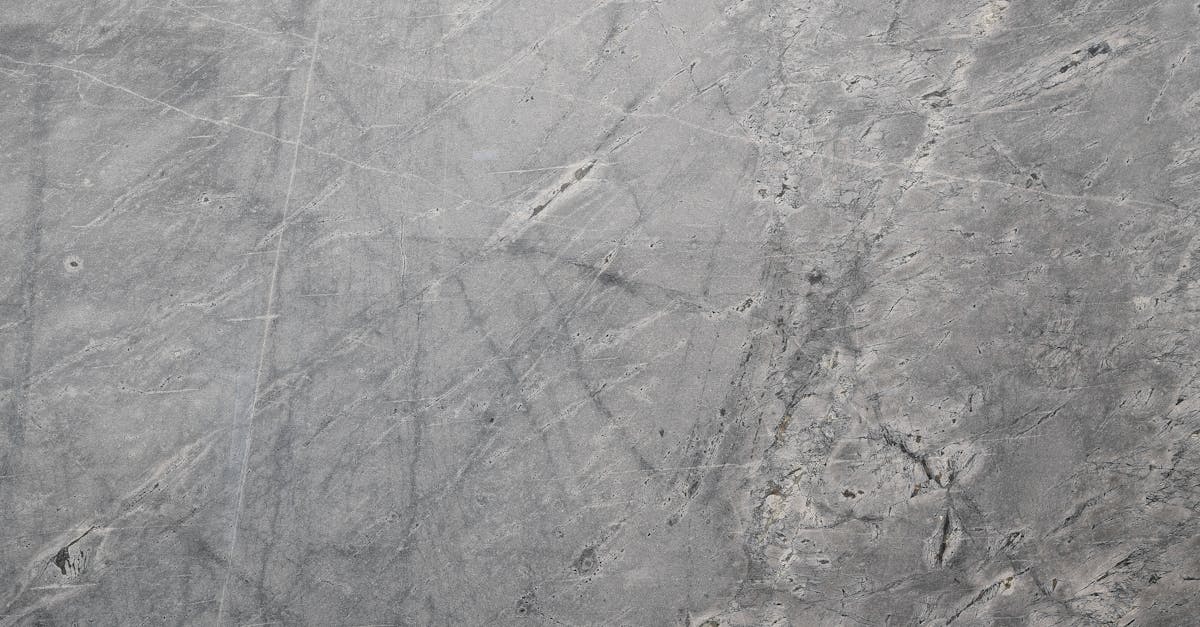
Signs Your Stone Wall Cladding Needs Resealing
Discoloration and Stains
Over time, stone wall cladding can become discoloured due to exposure to various environmental factors. Rain, sunlight, and dirt can all contribute to a change in appearance. Stains might appear as dark splotches or lighter patches, indicating that the protective seal has worn down. This not only affects the aesthetic appeal of the wall but can also lead to further damage if not addressed promptly.
Identifying the source of stains is crucial in determining whether resealing is necessary. Organic growth, such as mould or algae, may signal a moisture retention issue that compromises the stone's integrity. Additionally, oil or grease stains can suggest that the surface treatment has failed. Regular inspections are vital for maintaining the beauty and longevity of your stone wall cladding.
What Stains Indicate Resealing is Needed
Stains on stone wall cladding often serve as an early warning sign that resealing may be necessary. Dark spots typically result from water infiltration and can indicate that the existing sealant has worn away, allowing moisture to seep into the stone. Oils and organic stains can also signal issues, as these substances can penetrate deeply if not promptly addressed. The longer these stains linger, the more difficult they may become to remove, suggesting an urgent need for preventative maintenance.
Another common indicator is the presence of white, powdery marks on the surface, which are often the result of efflorescence. This mineral deposit forms when water evaporates from the stone, leaving salts behind. Such deposits can not only detract from the aesthetic appeal of your wall but may also compromise the integrity of the stone over time. Regularly inspecting for these signs is crucial to maintaining the beauty and durability of your stone wall cladding.
Cracks and Chips
Regular inspection of stone wall cladding can reveal the presence of cracks and chips that might compromise its visual appeal and structural integrity. Even small fractures can evolve into more significant issues if left unaddressed. Damaged areas can allow moisture penetration, leading to further deterioration and potential water damage. Such conditions can undermine the longevity of your wall cladding if timely actions aren’t taken.
When assessing the severity of cracks and chips, it’s crucial to consider their size and location. Superficial damage is often less concerning, but deep cracks need immediate attention. Regular maintenance checks can help catch these issues early. Observing any unusual shifts or movements in the wall can indicate an underlying problem that requires professional evaluation.
Assessing Structural Integrity
Regular inspections of your stone wall cladding are essential for maintaining its structural integrity. Look for visible cracks or chips that may indicate underlying issues. These imperfections could signify that the bond between the stone and the sealant has weakened. A compromised seal can lead to further deterioration, allowing moisture to penetrate the stone and cause more extensive damage over time.
Stone Wall Cladding
The Impact of Weather on Stone Wall Cladding Sealants
How to Properly Apply Sealant to Stone Wall Cladding
Best Sealants for Stone Wall Cladding ApplicationsStone Wall Cladding
Understanding the Importance of Sealing Stone Wall Cladding